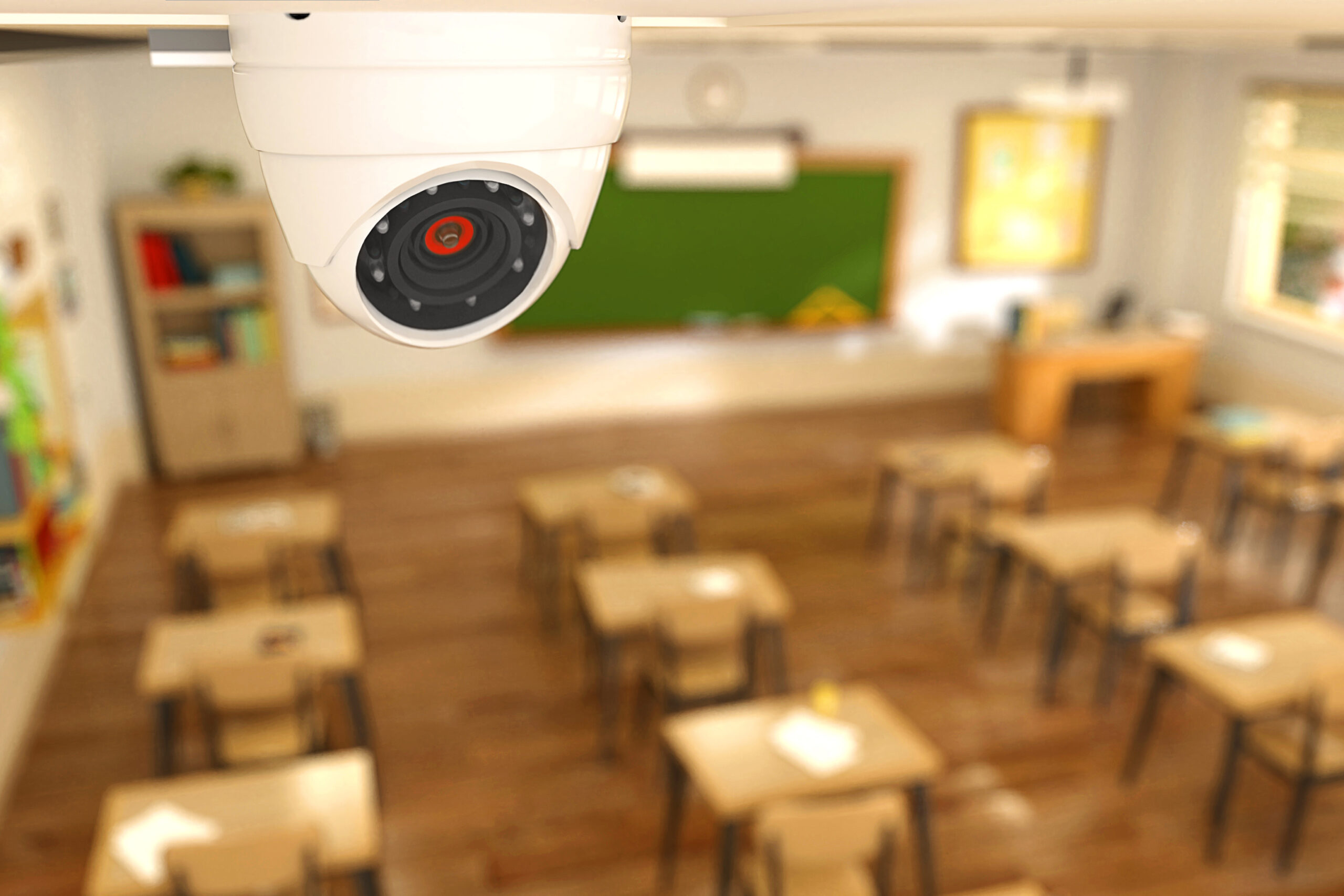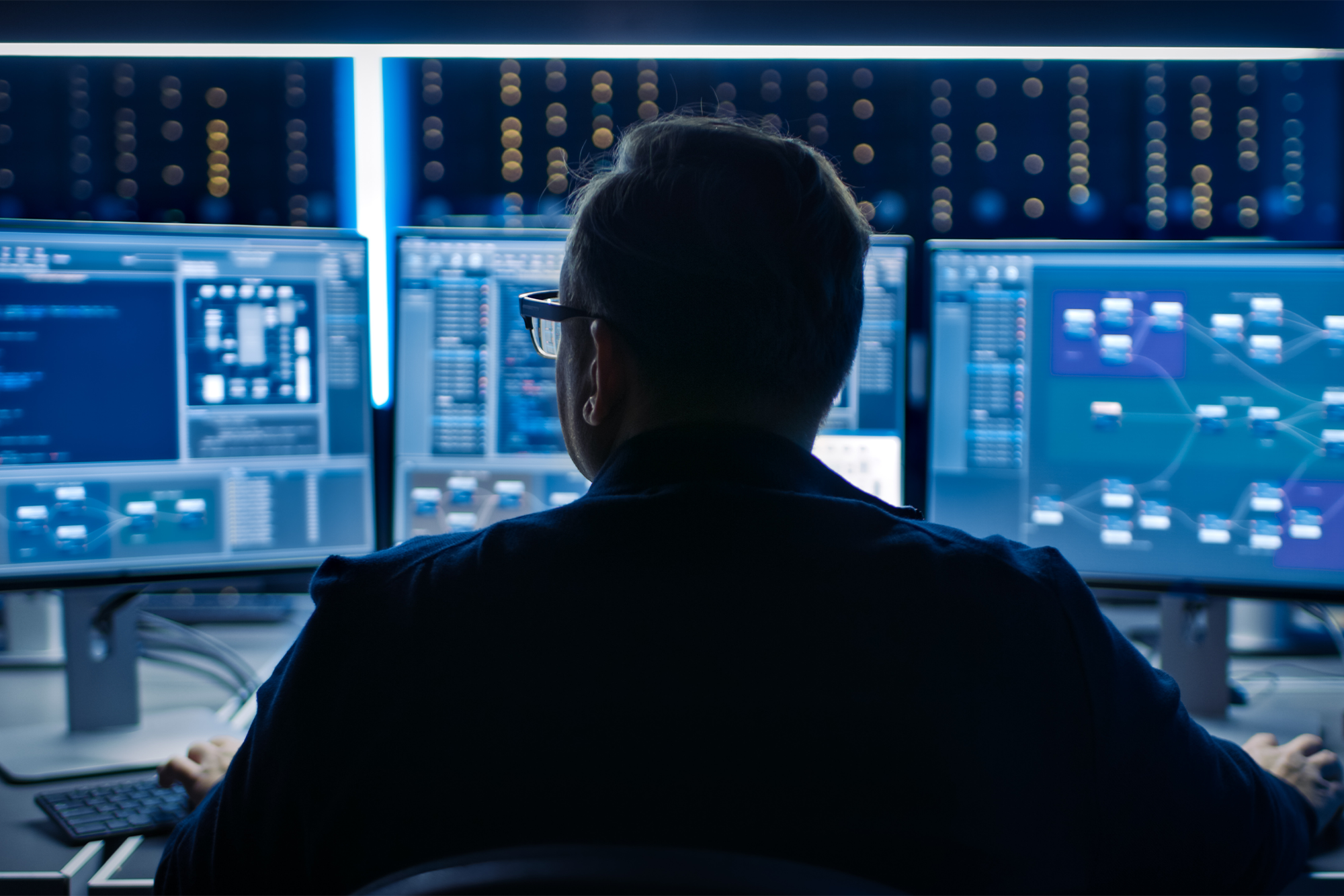Properly trained personnel are essential for well control activities. Well control consists of two basic components: an active component of monitoring the pressure of the drilling fluid, and blowout preventers as a passive component.
The first line of defense in well control is to have sufficient drilling-fluid pressure in the well hole. During drilling, underground fluids such as gas, water or oil under pressure (the formation pressure) oppose the drilling-fluid pressure (mud pressure). If the formation pressure is greater than the mud pressure, there is possibility of a blowout.
Process: Blowout Prevention Program
Hazards
- Receiving injuries caused by loss of well control
Solutions
- Appropriate training for tasks performed. Example topics include:
- Causes of kicks, including detection
- Pressure concepts and calculations
- Well control procedures
- Gas characteristics and behavior
- Constant well control methods on bottomhole pressure
- Well control equipment
- Regulatory information
- Use of appropriate well control equipment including:
- Specification
- Installation
- Maintenance
Process: Monitoring and Maintaining Mud System
Each part of the mud system must function and be in good condition in order to maintain well control. If the mud level increases, it may be a sign that a kick is in progress. On some rigs there is a mud-float-level gauge which sounds an automatic alarm if the mud exceeds a pre-specified level.
Hazards
- Loss of well control (blowout)
Solutions
- Keep the mud circulating system in good working order.
- Periodically check and maintain the properties of the drilling fluid, including proper pit level.
- Properly train crew in monitoring and well control procedures.
- Maintain a properly functioning surface control system.
Process: Installing Blowout Preventers (BOPs)
The BOP, accumulator and choke manifold are installed by the rig crew after the surface casing is set and cemented. The accumulator and choke manifold that is set into place during rigging up needs to be hooked up and tested. The choke-line valve is used to redirect the mud from the wellbore to the choke manifold during a kick. The kill-line valve is used to direct drilling fluid to the BOP during a kick.
Hazards
- Being crushed by falling equipment if hoisting slings fail
- Being struck by, pinched by or caught between equipment during installation
Solutions
- Ensure workers stand clear of equipment being hoisted and that tag lines are used where appropriate.
- Coordinate hoisting tasks with rig crew.
- Inspect the hoisting slings for wear before any hoisting operation.
- Ensure all personnel wear proper personal protective equipment.
Contact INSURICA today to learn more about your oil and gas coverage options.
This is not intended to be exhaustive nor should any discussion or opinions be construed as legal advice. Readers should contact legal counsel or an insurance professional for appropriate advice. © 2022 Zywave, Inc. All rights reserved.
Source: Zywave, NFPA
About the Author
Share This Story
Related Blogs
Enhancing School Security: Practical Strategies for Safer Campuses
Enhancing school security is one of the most pressing responsibilities for education leaders today. As school campuses evolve, so too must the systems that protect them. For administrators, safety professionals, and district decision-makers, creating a secure learning environment means taking a proactive, layered approach that includes physical security, training, technology, and community involvement.
5 Common Cybersecurity Mistakes and How to Avoid Them
All organizations, regardless of their size or industry, are at risk of being targeted by cybercriminals. These malicious actors can conduct cyberattacks, leading to significant financial, operational and reputational damage that can be difficult or impossible to recover from. Fortunately, solid cyber hygiene practices can reduce the likelihood of data breaches and other cyber incidents from occurring, and many of these practices are relatively low-cost and easy to implement.
Insurance Coverage Basics For Boatowners
A small boat, such as a canoe or other un-motorized boat, is typically covered under the personal property portion of your homeowners insurance policy. If you own a larger, faster boat, you'll need a separate boatowners insurance policy. A typical boatowners insurance policy is designed to protect your boat, motor, equipment, and passengers. It affords similar coverages to those you typically have for your car including:








